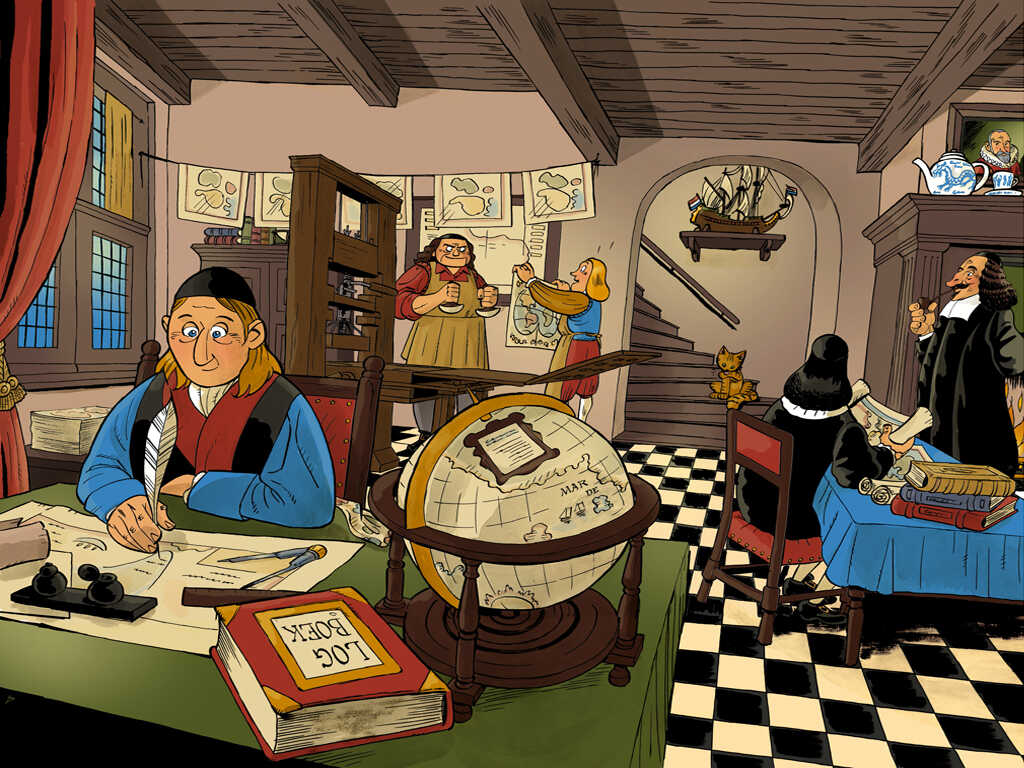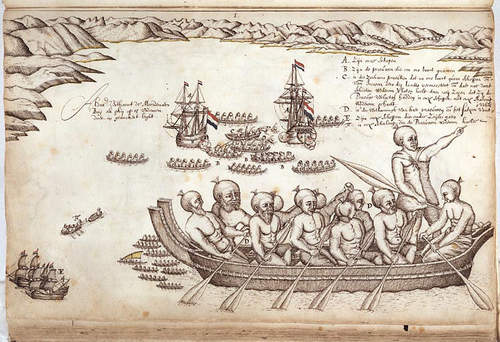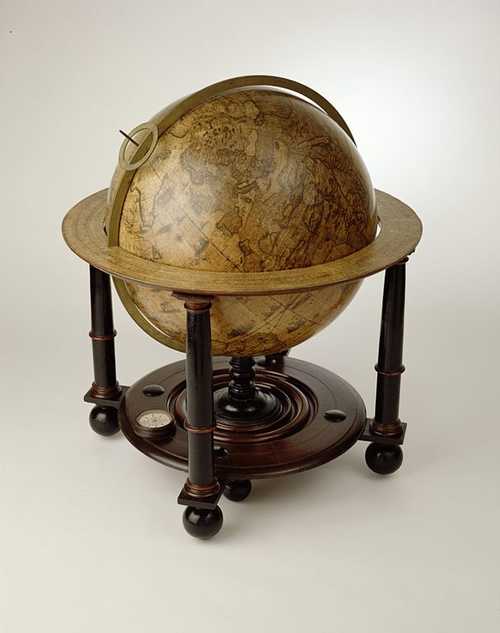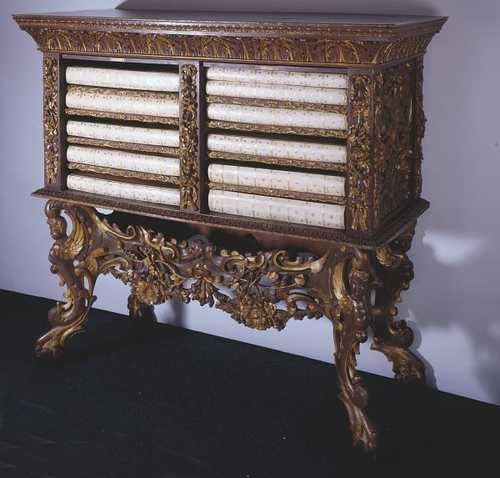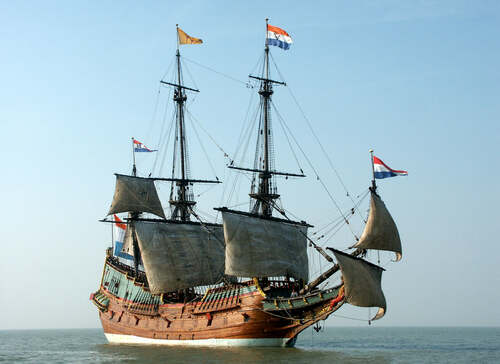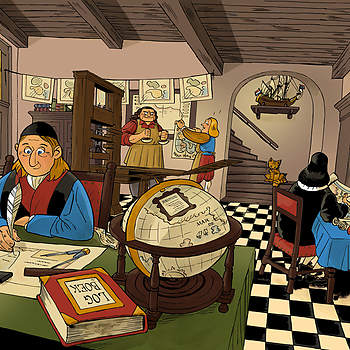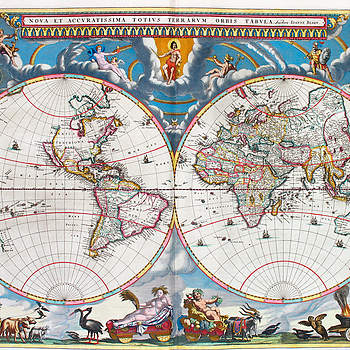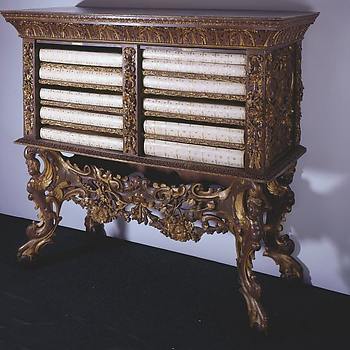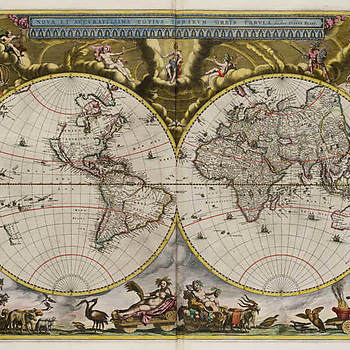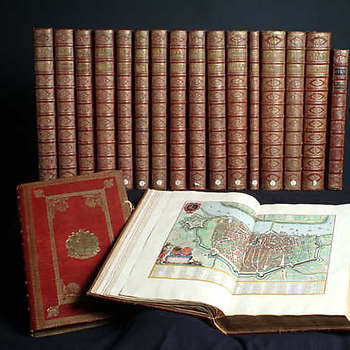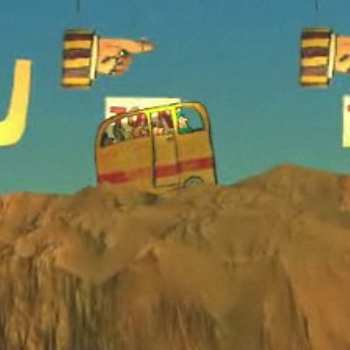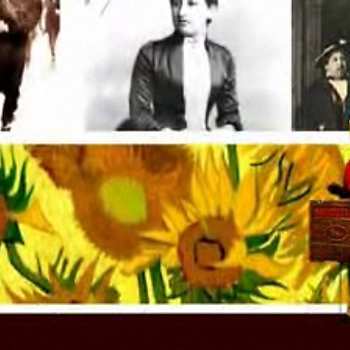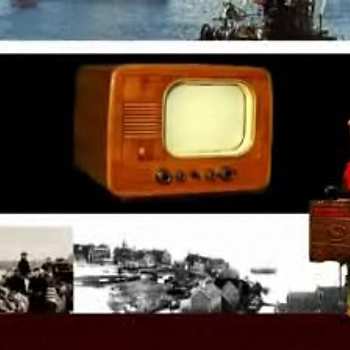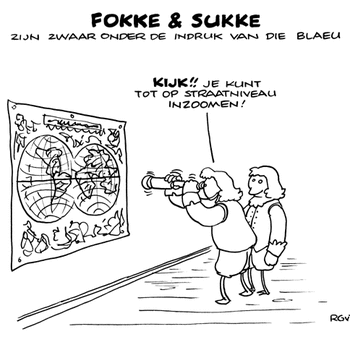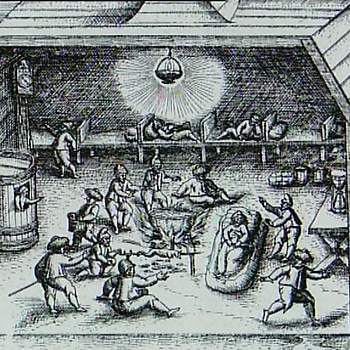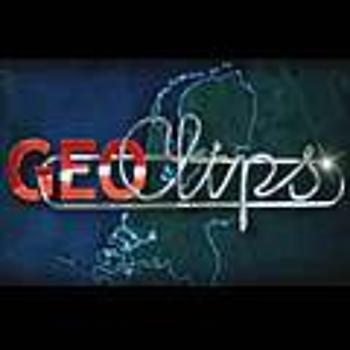Cartographers
The atlases and maps printed in the seventeenth century in the Blaeu family business in Amsterdam are world famous. Kings, czars, and other rulers of the world, they all want one of Blaeu’s beautifully designed atlases or fine globes. These symbolise riches and knowledge, a favoured combination.
Willem Janszoon Blaeu (1571-1638), son of a herring merchant, learns the art of navigation in Denmark as a student of the renowned Danish astronomer Tycho Brahe. He is trained as an instrument and globe maker. Upon his return to Amsterdam, he sets up his own printshop and publishing house, manufacturing globes and, at a later date, maps. From his very first maps, printed in 1605, Blaeu’s quality and innovative approach attract attention. Rather than setting out to conduct his own measurements, Blaeu designs his maps on the basis of existing map material, supplemented with knowledge derived from ships’ logs, travel journals, and interviews with sailors. His maps and atlases earn Blaeu international fame.
After his death, his son Joan (1599?-1673) takes over the company. Under his leadership, the family business begins to thrive even more. Eighty employees keep fifteen printing presses running. A considerable number of women and children earn money by colouring in the maps.
Travel maps
Blaeu’s maps follow a long tradition. The oldest known maps, made in olden-day China and the Middle East, serve a cadastral purpose: they record land ownership. From Greek and Roman times onwards, maps start to show the world. The first maritime maps date from the thirteenth century. The invention of the compass ensures that ships no longer need to keep sight of the coast in order to keep their bearings.
The Spaniards and Portuguese are the first Europeans to cross and map out the oceans. Good maps make all the difference during wars, or when conquering new areas. The route to Asia by way of South Africa is long and exhausting. Consequently, finding a faster route will pay off. The young Republic sends Willem Barentsz on an expedition to find a northern passage along the polar circle. In 1596, his attempt founders in the ice near Nova Zembla, but it does yield a wealth of new information for the cartographer to use.
Atlas Maior
Joan Blaeu produces a host of new maps and atlases, among which is the renowned Atlas Maior which from 1662 onwards is marketed in several editions and languages. Featuring nearly six hundred maps and several thousands of pages of descriptions, this multi-volume atlas maps out the world as it is known at the time. The Atlas shows how voyages of discovery and trade contacts have expanded knowledge of the world. In Blaeu’s day and age, the Republic has amassed the most expertise in this field, although its know-how is quickly adopted by cartographers in other countries.
The Atlas is the most expensive multi-volume book of the seventeenth century. The uncoloured version costs 350 guilders, more than a craftsman’s annual income. The coloured version is even more expensive: 450 guilders. The actual maps are beautifully executed, yet seldom original. Many of them have been published before, some are outdated, and most are not quite accurate. Nonetheless, the Atlas is held in great esteem. With his Atlas Maior, Blaeu brings the world to everyone’s fingertips, in the finest design conceivable.
